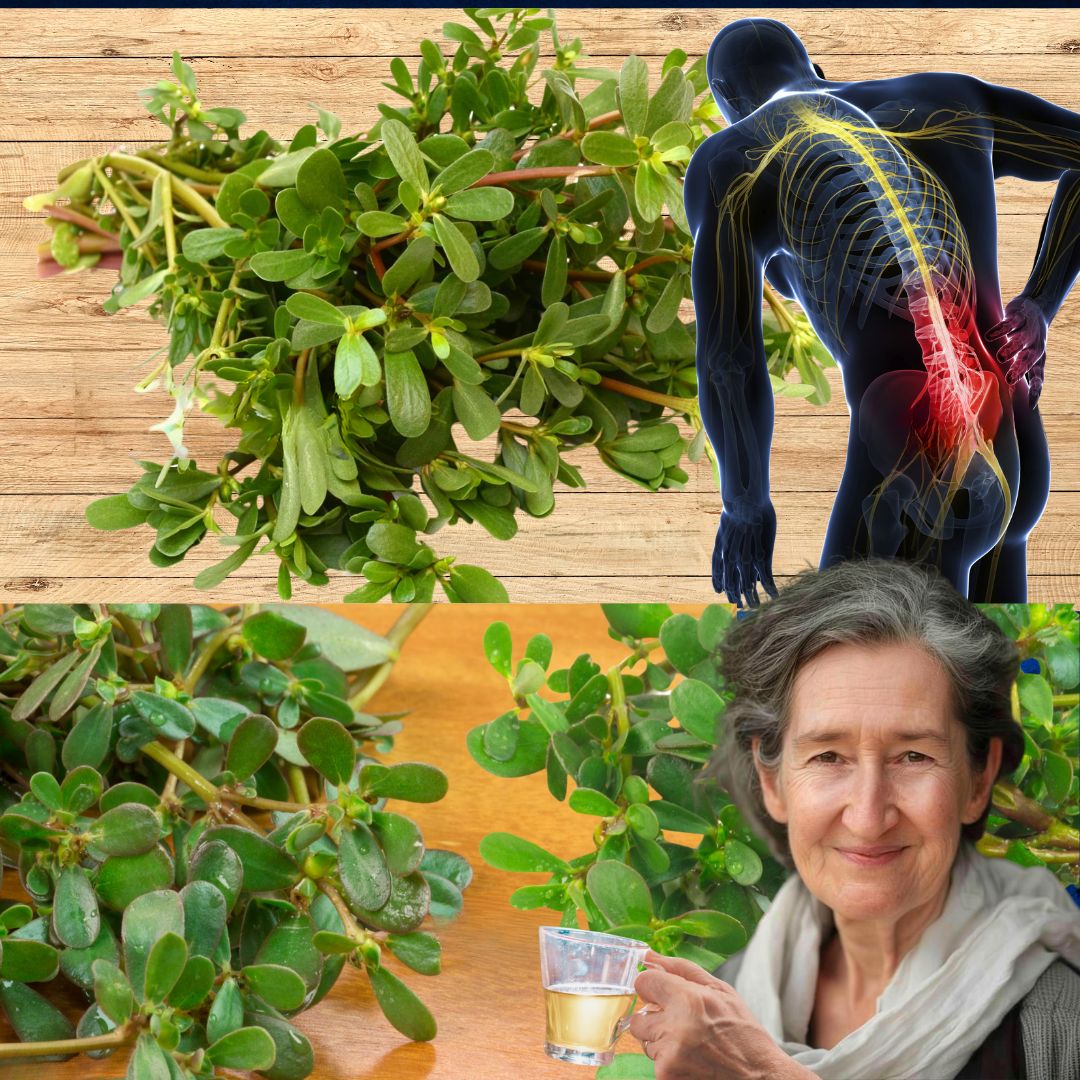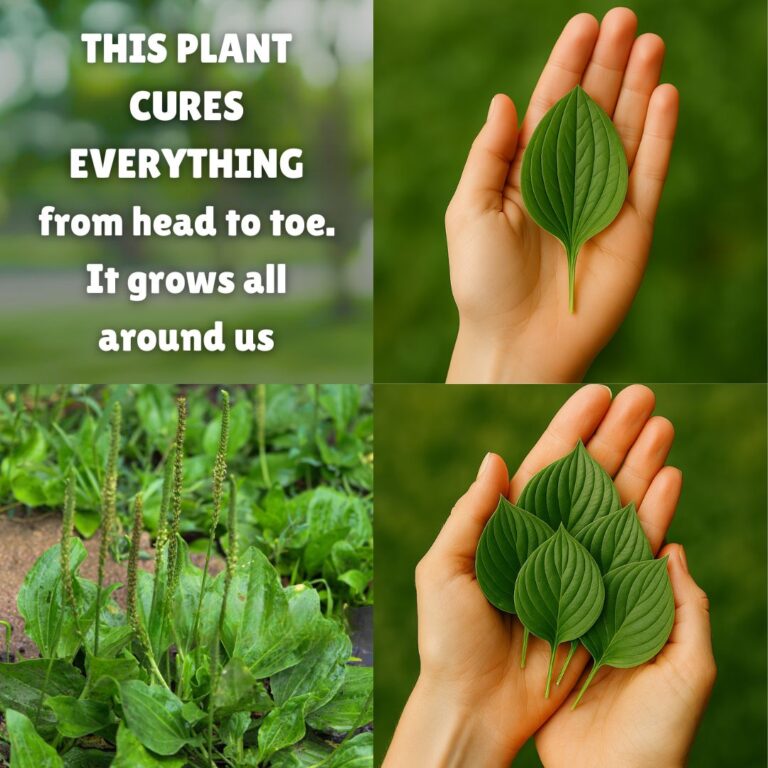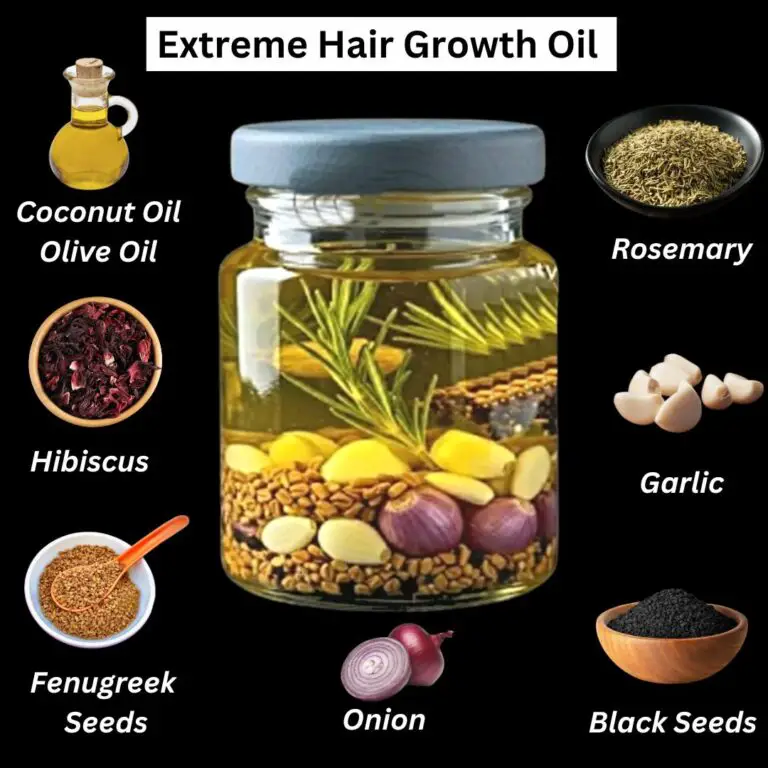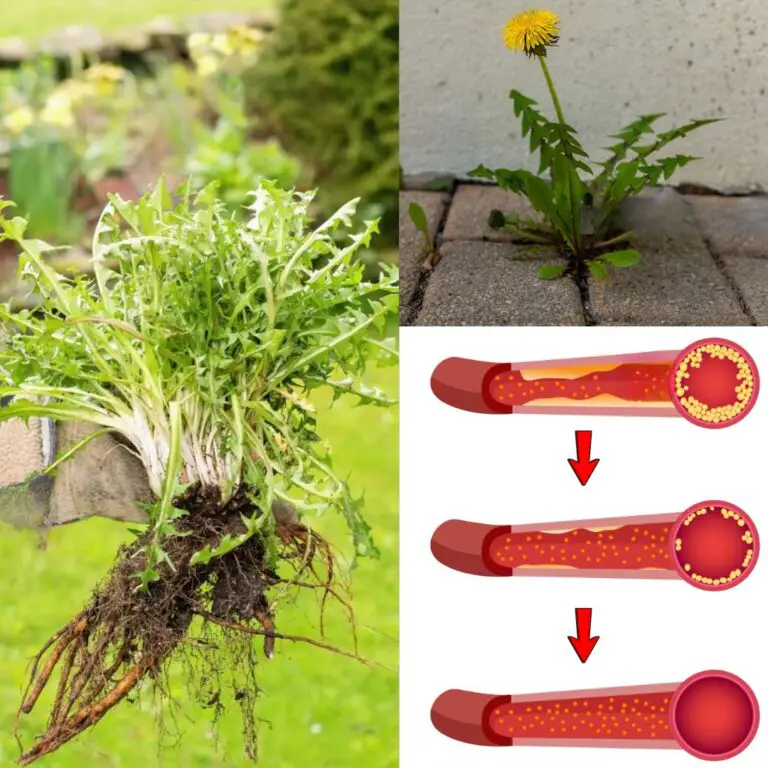The LEAF that Destroys Cancer That Doctors Don’t Tell You About! Barbara O’Neill’s Secret Find Out!
Introduction
In today’s health-conscious world, many seek natural remedies that complement or enhance conventional treatments, especially for serious illnesses like cancer. What if there was a simple, natural leaf with powerful anti-cancer properties—something that doctors often don’t mention? This secret has been championed by Barbara O’Neill, an Australian naturopath who has dedicated her career to revealing nature’s healing secrets.
This blog dives deep into the miraculous moringa leaf, often called the “miracle tree,” known for its extraordinary ability to fight cancer and boost overall health. If you want to explore a natural, accessible approach to health that supports your body’s own defenses, you’re in the right place.
Why You’ll Love This Recipe
This recipe is a game changer because it’s:
- Easy to prepare using simple ingredients and kitchen tools.
- Highly nutritious, offering antioxidants, vitamins, and compounds that help fight cancer cells.
- Safe and natural, providing an alternative or supplement to harsh medical treatments.
- Endorsed by experts like Barbara O’Neill, who emphasize its potential in holistic health.
Ingredients
- Moringa Oleifera Leaves (fresh or dried) — The star ingredient, rich in quercetin and isothiocyanates with anti-cancer effects.
- Fresh lemon juice — Enhances detoxification and adds vitamin C.
- Raw honey (optional) — Natural sweetener with antimicrobial properties.
- Fresh ginger — Anti-inflammatory and aids digestion.
- Filtered water — For blending or infusion.
Necessary Tools
- Blender or food processor for smoothies.
- Fine mesh strainer or cheesecloth for teas.
- Measuring spoons or kitchen scale.
- Glass jar or bottle for storage.
- Sharp scissors or knife for harvesting fresh leaves.
Ingredient Swaps and Additions
If you can’t find fresh moringa leaves, moringa powder is a convenient substitute, available in health food stores and online. Use about 1 teaspoon per serving. To vary the recipe’s flavor and benefits, try:
- Lime or apple cider vinegar instead of lemon juice.
- Maple syrup or stevia as sweetener alternatives.
- Add turmeric or cinnamon for extra anti-inflammatory effects.
Step-by-Step Instructions
- Harvest or source moringa leaves. If growing, pick young leaves in the morning; otherwise, buy organic dried or fresh leaves.
- Wash leaves thoroughly to remove impurities.
- Prepare tea: Pour boiling water over 1-2 teaspoons of dried leaves, steep 5–7 minutes, strain, then add lemon and honey.
Or make a smoothie: Blend 1 cup fresh leaves or 1 tsp powder with water, lemon, ginger, and sweetener. - Serve fresh and enjoy the potent benefits.
- Store leftovers in a sealed container in the fridge, consume within 24 hours.
Pro Tips for Success
- Always use organic moringa to avoid pesticides.
- Introduce slowly to your diet to monitor tolerance.
- Combine moringa intake with a balanced diet for best results.
- Consult your healthcare provider if you’re on medications or undergoing cancer treatment.
If you want an expert’s perspective on moringa’s medicinal value, visit the National Cancer Institute’s Moringa Resource.
Serving Suggestions
- Enjoy moringa tea plain or with lemon and honey.
- Blend into smoothies with fruits like banana or berries.
- Add powder to soups or salad dressings.
- Sauté fresh leaves with garlic for a nutritious side dish.
For more delicious ways to enjoy healthy greens, see our How to Make Green Smoothies for Beginners guide.
Storing and Reheating
- Store fresh leaves in a sealed container in the fridge; use within 3-4 days.
- Keep dried leaves or powder airtight, away from heat.
- Avoid reheating moringa tea; prepare fresh each time for maximum benefits.
Nutritional Information
Moringa leaves provide:
- Vitamin A — Supports immunity and vision.
- Vitamin C — Powerful antioxidant.
- Calcium — Bone health.
- Potassium — Regulates blood pressure.
- Protein — Contains essential amino acids.
- Antioxidants — Quercetin and chlorogenic acid combat oxidative stress.
- Anti-inflammatory agents — May reduce cancer-related inflammation.
Learn more about moringa’s phytochemicals and health benefits through this detailed PubMed study.
FAQs
1. Is moringa safe alongside cancer treatments?
Generally yes, but always consult your oncologist to avoid interactions.
2. How much moringa should I consume daily?
Start with 1-2 teaspoons of dried leaves or equivalent fresh leaves.
3. Can moringa cure cancer by itself?
Moringa is supportive but not a standalone cure.
4. Where to buy moringa?
Check specialty health stores or online suppliers.
5. Does moringa interact with medications?
Potentially; consult your healthcare provider.
The American Cancer Society’s nutrition guide offers additional trusted advice.
Conclusion
Barbara O’Neill’s secret moringa leaf remedy unveils a natural ally in the fight against cancer, inflammation, and overall health deterioration. By embracing this simple recipe, you empower your body with antioxidants and nutrients that support healing and vitality. While not a substitute for medical treatment, moringa is a valuable tool in holistic care.
If you’re inspired to explore more, check out our posts on Benefits of Herbal Teas for Health and Natural Detox Recipes for complementary wellness strategies.







